“If Winter comes, can Spring be far behind?” asks Percy Bysshe Shelley in “Ode to the West Wind.” And as May’s flowers begin to bloom in the last days of April’s showers, spring is indeed all around us. Green sprouts from bare branches! Blue smears across the sky! Pastels dot the landscape as the world outside shakes off its winter coat and opens its eyes.
Warming wind and pretty colors aside, nothing quite says spring like all the baby animals. My neighbors welcomed fledglings in the holiday wreath still hung on their front door. A mama squirrel is teaching her kits the ropes in the backyard sweetgums. Last week, someone kindly delivered home a wayward turtle that took a wrong turn out of its pond and got lost in the grass. If it’s not the sunshine casting a golden glow over everything, it’s the pollen. Soon, we’ll submit to our cicada overloads when not one, but two, broods emerge from their underground labyrinths.
No matter how much we love our feathered, finned, and furry friends, perhaps is no horror trope more common — and more controversial — than its treatment of animals. From Pet Semetery to Jaws, animal violence has long been a staple of the genre, and while it’s unlikely that animals will disappear from the page any time soon, contemporary horror is giving agency to animals in new and novel ways, putting a shining star on a new breed of animal protagonists.
Here’s five new horror novels that reinvent the animal trope in horror.
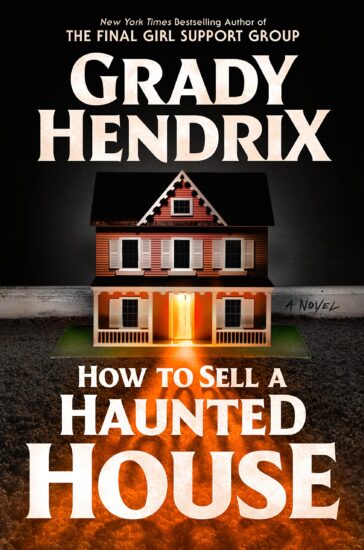 In Grady Hendrix’s How to Sell a Haunted House, it’s puppets, not animals, that take center stage in this story about a pair of estranged siblings stuck with horrible-in-many-ways task of selling off their parents’ creepy, puppet-infested home — but not all puppets are made from cloth. No longer just for decoration, Hendrix makes taxidermized squirrels hilariously horrifying in the way only Hendrix can — and honestly, good for those squirrels.
In Grady Hendrix’s How to Sell a Haunted House, it’s puppets, not animals, that take center stage in this story about a pair of estranged siblings stuck with horrible-in-many-ways task of selling off their parents’ creepy, puppet-infested home — but not all puppets are made from cloth. No longer just for decoration, Hendrix makes taxidermized squirrels hilariously horrifying in the way only Hendrix can — and honestly, good for those squirrels.
 While Hendrix’s squirrels give a scare of their own, in Josh Malerman’s Pearl an abused, malformed, murderous pig seeks vengeance for the wrongs done to him. No ordinary hog, Pearl’s telepathic orders are more gruesome than any ham-fisted (sorry) farmer’s axe. Smart, terrible, and far more horrifying than it rightly should be, PEARL is farmyard horror at its finest, (and remains my personal favorite Malerman novel to date). Sing to me, Brother Pearl!
While Hendrix’s squirrels give a scare of their own, in Josh Malerman’s Pearl an abused, malformed, murderous pig seeks vengeance for the wrongs done to him. No ordinary hog, Pearl’s telepathic orders are more gruesome than any ham-fisted (sorry) farmer’s axe. Smart, terrible, and far more horrifying than it rightly should be, PEARL is farmyard horror at its finest, (and remains my personal favorite Malerman novel to date). Sing to me, Brother Pearl!
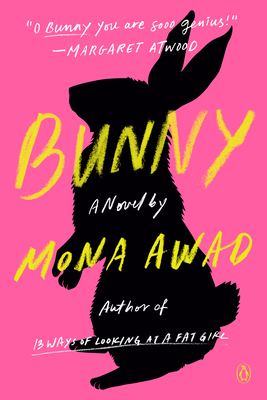 If Pearl is Charlotte’s Web meets Animal Farm, Mona Awad’s Bunny is Stepford Wives meets … Frankenstein? In Bunny, a “clique of unbearably twee rich girls” who call each other Bunny conjure monstrous creations in a series of bizarre rituals. It’s bizarre and feral in the very best of ways, and certainly not at all as sweet and fluffy as its title might imply. Probably best to leave that lucky rabbit foot at home, just in case.
If Pearl is Charlotte’s Web meets Animal Farm, Mona Awad’s Bunny is Stepford Wives meets … Frankenstein? In Bunny, a “clique of unbearably twee rich girls” who call each other Bunny conjure monstrous creations in a series of bizarre rituals. It’s bizarre and feral in the very best of ways, and certainly not at all as sweet and fluffy as its title might imply. Probably best to leave that lucky rabbit foot at home, just in case.
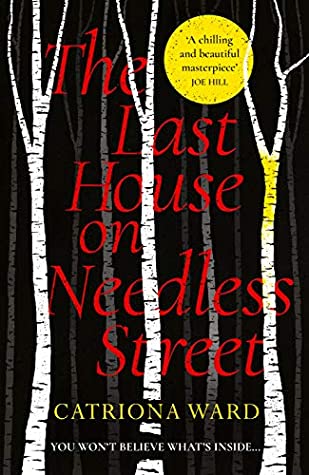 The line between realities blurs even further in Catriona Ward’s The Last House on Needless Street, which follows black cat Olivia in a twisty story of a serial killer, a stolen child, and “an ordinary house at the end of an ordinary street.” This one is hard to talk about without giving away spoilers, but it’s fair to say that Ward pens an entirely different sort of bad luck for her black cat.
The line between realities blurs even further in Catriona Ward’s The Last House on Needless Street, which follows black cat Olivia in a twisty story of a serial killer, a stolen child, and “an ordinary house at the end of an ordinary street.” This one is hard to talk about without giving away spoilers, but it’s fair to say that Ward pens an entirely different sort of bad luck for her black cat.
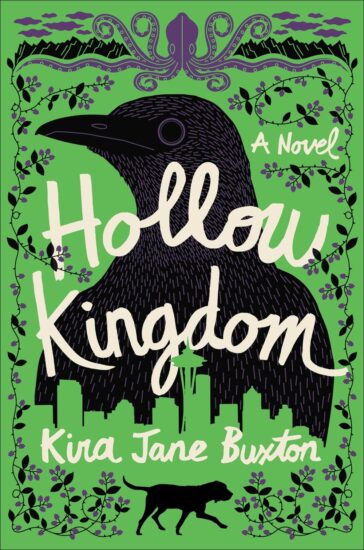 Finally, Kira Jane Buxton’s Hollow Kingdom turns the zombie apocalypse on its rotten head to tell the story from the perspective of pets and animals left behind. Buxton pulls exactly zero punches, giving animals the last cacking laugh in a foul-mouthed, gritty, tender tale about surviving humankind’s apocalypse.
Finally, Kira Jane Buxton’s Hollow Kingdom turns the zombie apocalypse on its rotten head to tell the story from the perspective of pets and animals left behind. Buxton pulls exactly zero punches, giving animals the last cacking laugh in a foul-mouthed, gritty, tender tale about surviving humankind’s apocalypse.
The Chill Quill is a twice-monthly Horror, Suspense and Speculative Fiction column by Lindy Ryan. Read previous editions here.

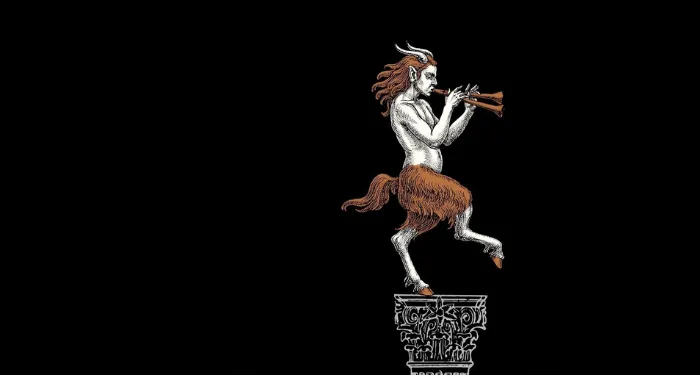





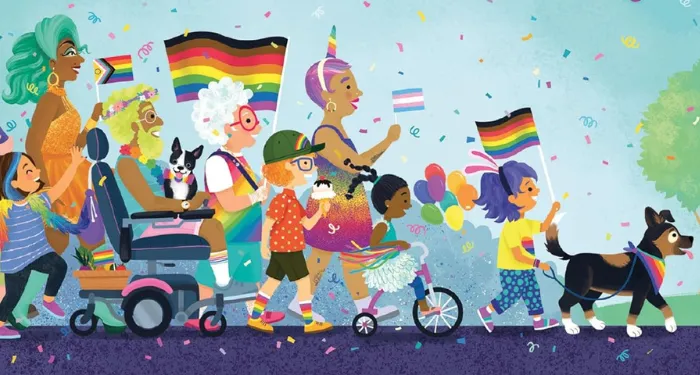






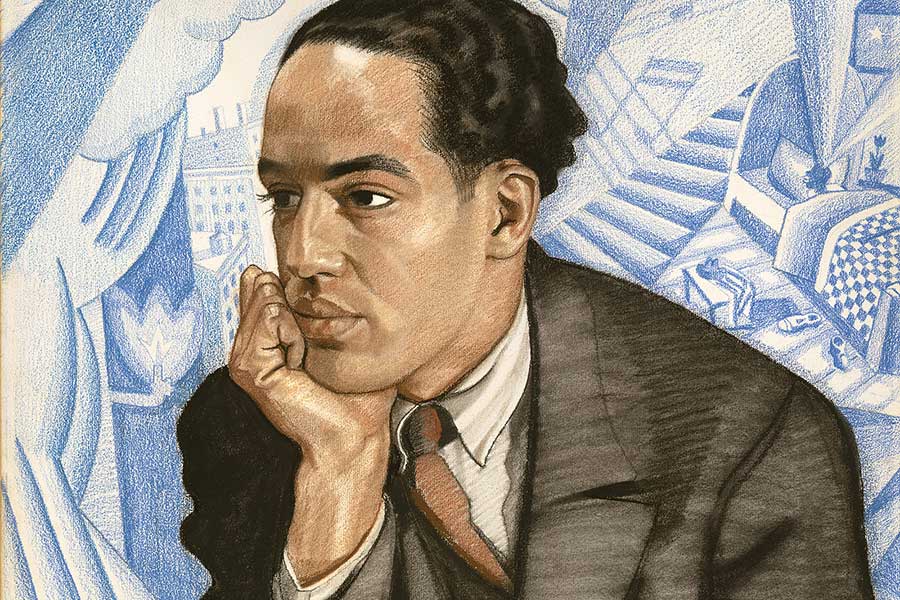




 English (US) ·
English (US) ·